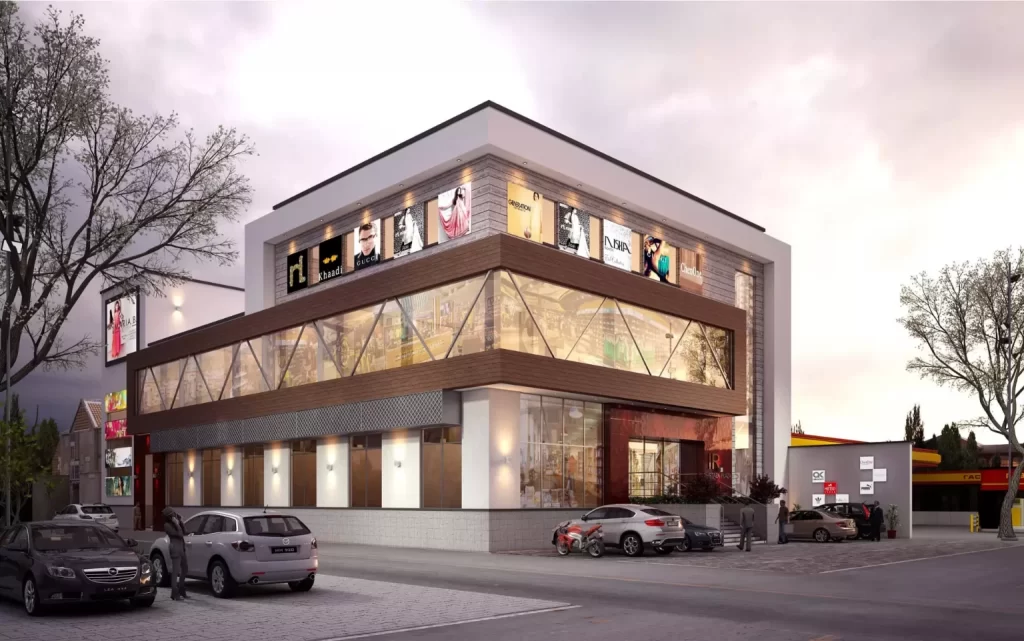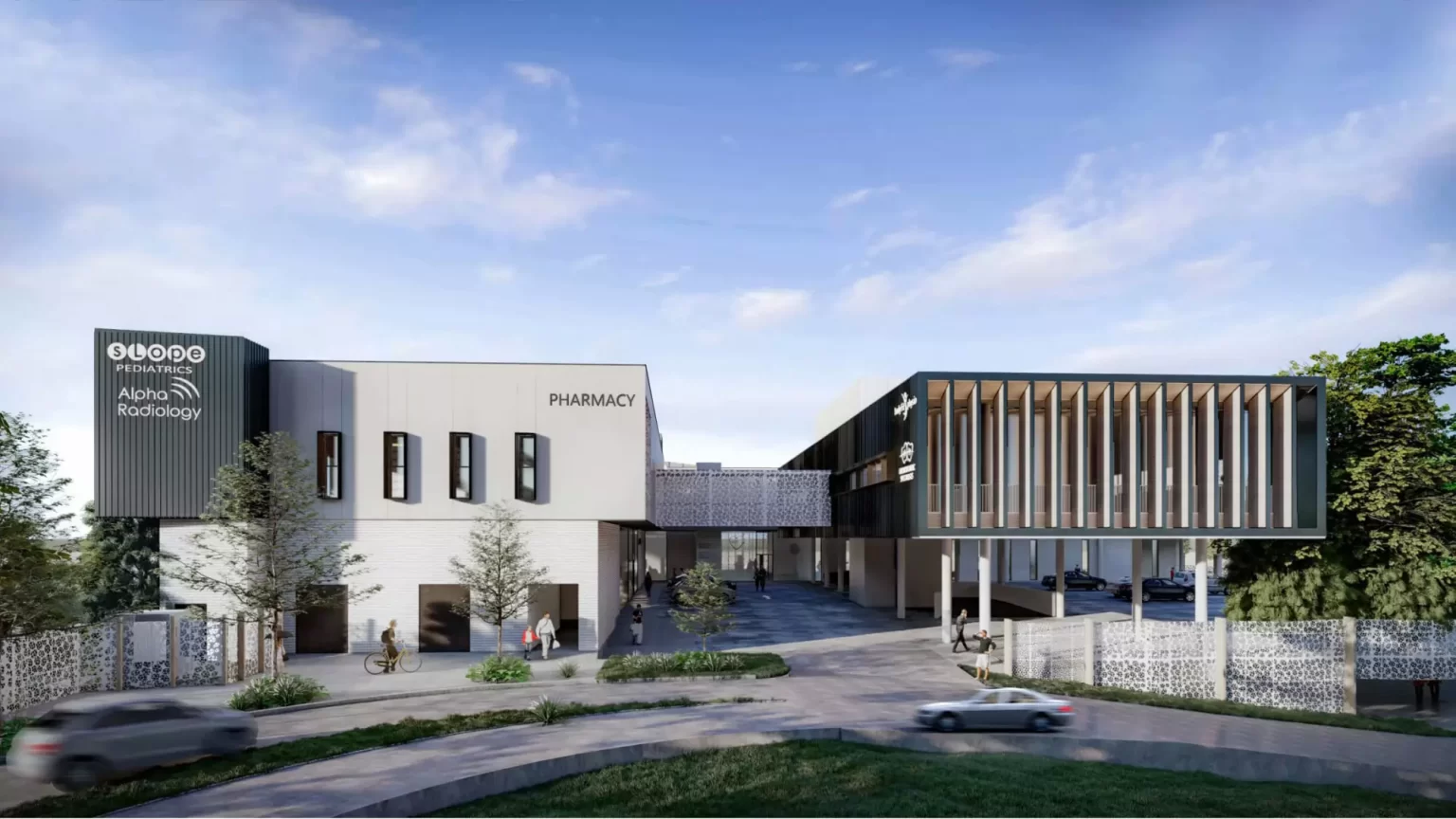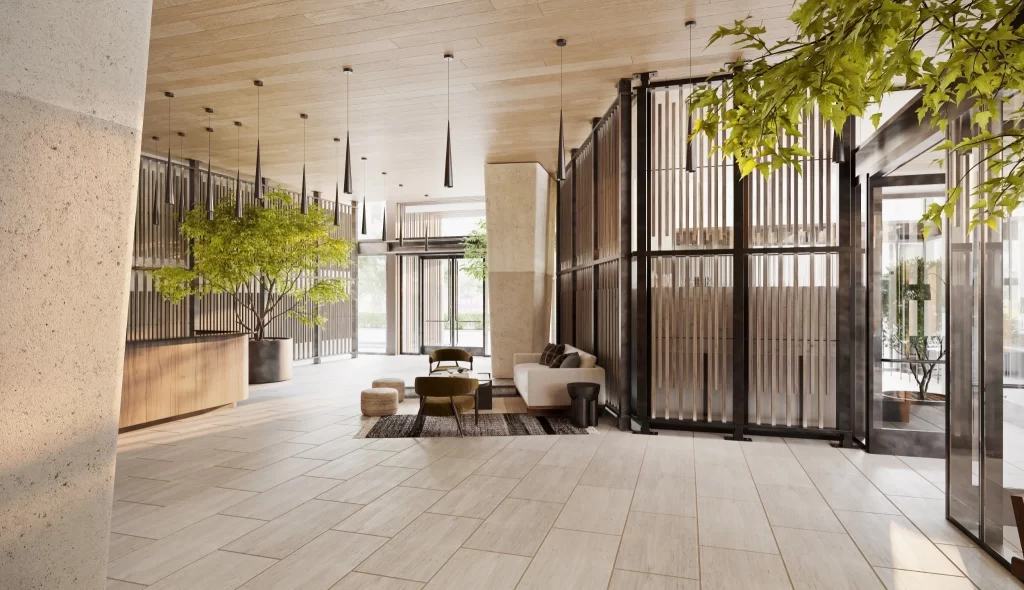This blog article delves into the world of real estate 3D property rendering, exploring its significance and applications within the real estate industry.
Table of Contents
Introduction to Real Estate 3D Property Rendering
Defining 3D rendering in the context of real estate
Imagine stepping into a property before it’s even built, virtually walking through sun-drenched living spaces, or admiring the flow of a modern kitchen. This captivating experience is the magic of 3D property rendering. In the realm of real estate, 3D commercial rendering service translates architectural plans and blueprints into stunningly realistic digital images and interactive tours.

Evolution of 3D property visualization techniques
- The evolution of property visualization techniques – how 3D rendering has transformed the way properties are showcased
- Gone are the days of static photographs and hand-drawn sketches that leave potential buyers struggling to envision a property’s true potential. 3D rendering offers a revolutionary leap forward, transforming the way properties are showcased. It allows realtors, architects, and developers to create a captivating visual narrative, stirring the imagination and emotions of potential buyers or investors. This technology acts as a powerful marketing tool, fostering a deeper connection with the property and accelerating the sales process.
Also, Read: Single-Family Home 3D Exterior Renderings
The Power of Three: Benefits of 3D Property Rendering in Real Estate
3D property rendering isn’t just about creating pretty pictures; it’s a multi-faceted tool that unlocks a range of benefits for real estate professionals. Here’s a look at the key advantages:
Enhancing property marketing and sales efforts
Attract buyers with captivating visuals and virtual tours.
- Supercharged Sales and Marketing: Captivating visuals and immersive virtual tours grab attention and set listings apart. Potential buyers can virtually explore layouts, envision furniture placement, and connect emotionally with the space, leading to faster sales and higher asking prices.
Streamlining the design and development process
Visualize and refine designs before construction begins.
- Streamlined Design and Development: 3D renderings allow architects and developers to visualize designs before construction begins. This facilitates early identification of potential flaws in layout or flow, enabling adjustments and saving time and resources throughout the development process.
Providing clients with immersive experiences
Allow potential buyers to virtually explore properties.
- Immersive Client Experiences: Gone are the days of limited physical tours. 3D renderings empower potential buyers to explore properties virtually, regardless of location. This flexibility allows them to get a clear understanding of the space at their own pace, fostering a sense of ownership and increasing overall satisfaction.

Demystifying the Magic: The Tech Behind 3D Property Rendering
While the results might appear like digital magic, 3D property rendering relies on specialized software and meticulous techniques.
Understanding the Technology Behind Real Estate 3D Property Rendering
Software Arsenal: A range of rendering programs are used by professionals, each offering unique features and capabilities. Popular choices include industry standards like V-Ray and Corona Renderer, alongside user-friendly options like Enscape and Twinmotion.
The Art of the Render: Beyond the software, skilled artists employ key principles to create lifelike visuals. Accurate modeling of the property’s geometry forms the foundation. Lighting plays a crucial role, with virtual suns and lamps strategically placed to mimic natural light and create depth. Finally, textures and materials bring the scene to life. High-resolution wood grains, reflective glass, and realistic fabrics all contribute to the immersive experience.
Also, Read: 3D Exterior Home Design Made Easy
The Workflow of Creating 3D Renders
- Initial consultation – understanding project requirements and client vision.
- Conceptualization and creation of 3D models – building a digital representation of the property.
- Rendering process and refinement iterations – fine-tuning the visuals for optimal impact.
From Blueprint to Beauty: The 3D Property Rendering Workflow
Crafting a captivating 3D property render involves a collaborative process with distinct stages:
- Setting the Stage: The journey begins with a thorough consultation. Project requirements, target audience, and the client’s vision are meticulously discussed to ensure the final renders align with expectations.
- Building the Blueprint: With a clear understanding of the project, skilled 3D artists meticulously translate architectural plans into a digital model. This virtual representation acts as the foundation for the final render.
- Bringing it to Life: The magic happens here. Using specialized software, artists meticulously fine-tune lighting, textures, and materials to create a photorealistic scene. This iterative process involves multiple refinements until the perfect balance of realism and impact is achieved.

Tailoring the Vision: Customization in 3D Property Rendering
The beauty of 3D property rendering lies in its adaptability. This technology goes beyond generic visuals, offering a high degree of customization to cater to specific needs:
- Branding Brilliance: Renders can be tailored to seamlessly integrate with a client’s branding. Specific color palettes, logos, and design elements can be incorporated, fostering brand recognition and a cohesive marketing message.
- Highlighting the Wow Factor: Unique architectural features, stunning views, or luxurious amenities can be accentuated through strategic camera angles and lighting. This allows properties to showcase their most attractive selling points, leaving a lasting impression on potential buyers.
- Feedback Loop for Success: The rendering process is collaborative. Clients can provide feedback at various stages, ensuring the final product reflects their vision perfectly. This flexibility fosters a sense of trust and satisfaction throughout the project. Also, Read: Real Estate Rendering Services
Putting Properties in the Spotlight: Showcasing with 3D Renders
3D rendering transcends static images, transforming how properties are presented:
- Visual Powerhouse: Stunning visualizations elevate property listings. Eye-catching visuals grab attention and make listings stand out in a crowded marketplace. Potential buyers are drawn in by the realistic portrayal of the space, sparking their interest and desire to learn more.
- Immersive Experiences: Virtual tours and walkthroughs offer a game-changer. Potential buyers can virtually explore properties from anywhere in the world, experiencing the layout and flow at their own pace. This flexibility is particularly valuable for geographically distant buyers or those with busy schedules.
- Untapped Potential Revealed: 3D renders have the power to showcase a property’s full potential. Architectural details and interior design elements can be accentuated, allowing buyers to envision the possibilities of the space. This fosters a deeper emotional connection and fuels their desire to make the property their own.

Navigating the Journey: Overcoming Challenges in 3D Rendering
While Real Estate 3D property rendering offers immense benefits, it’s not without its hurdles. Here’s how professionals navigate these challenges:
- Balancing Quality and Efficiency: Striking the right balance between high-fidelity visuals and rendering time is crucial. Advanced software options offer incredible detail, but come at the cost of longer processing times. Understanding project needs helps determine the optimal balance between quality and efficiency.
- The Art of Communication: Managing client expectations is key. Clear communication throughout the process ensures clients understand the capabilities and limitations of 3D rendering. This fosters trust and prevents potential frustration.
- Time and Cost Considerations: Rendering times and associated costs can vary depending on the complexity of the project and the software used. Exploring different software options with flexible pricing models allows professionals to find the best fit for each project’s budget and timeframe.
Also, Read: 3D House Rendering Services
Conclusion: Harnessing the Power of 3D Property Rendering in Real Estate
This article has highlighted the numerous advantages of 3D property rendering. By embracing this technology, real estate professionals can gain a significant edge in today’s competitive market. As 3D rendering continues to evolve, it promises to play an even greater role in shaping the future of the real estate industry.
